Are these good Mites or bad Mites in my Worm bin?
7 years ago
Featured Answer
Sort by:Oldest
Comments (8)
Related Discussions
help - flies (bad) and worms (good) in compost bin
Comments (12)Me the OP again. I'd be hesitant to use a mosquito dunk b/c of the worms and b/c I try to keep things organic (the compost gets used on my vegetable gardent). Here's what I did exactly - tumbled the compost as usual. Then I scattered some old sawdust over the top so that there was a thin layer everywhere - just enough so that you couldn't make out the veggie peels, etc. underneath. I imagine that dried leaves, straw, or even dried mulch would work as well....See MoreMites in worm bin
Comments (3)Thank you Otis, I bought a larger bin, drilled holes in the top and bottom, propped it up on 4 bricks for circulation sake, cut the carpet in 3 pieces (I warned the worms to evacuate before yielding the scissors, hopefully- for the sake of my karma they listened) and mixed in shredded news paper, some dry leaves and a bit of straw. This should dry it out- although it wasn't as wet at the bottom as I had expected it to be. I've read that mites are normal in a worm bin, at least until they stress the worms. I'm not sure if mine are stressed, as I've never met a stressed worm, but they did seem to be in 'balls', which I've read is the behavior of a stressed worm. In the case that I fail to completely rid the bin of mites,is the infested compost dangerous to use in my gardens? Also, I'm assuming that dumping the whole lot of it into my outdoor compost (non worm compost) would spread the mites to it also. Will the mites harm plants?...See Morelittle white mites(?) in my indoor worm bin!
Comments (2)Your mite could well be the maggot of the Sciarid Fly. Lots of minute maggots (legless with black heads)which develop into a small fly or gnat (at first glance looks like a small flying ant). The maggot is a mennace because they feed on the fine roots of plants. The fly (or gnat) lays eggs in compost rich in manure that has not reached high heats. It also thrives in an acid environment so use some doomite lime in compost....See Morehow do I control the mites in my worm bin?
Comments (1)Mites usually mean to much moisture....See More- 7 years ago
- 7 years ago
- 7 years agolast modified: 7 years ago
- 7 years agolast modified: 7 years ago
Related Stories

HEALTHY HOMEWhat You Need to Know About Dust and How to Fight It
Breathe easier with these 10 tips for busting mites, dander and other microscopic undesirables
Full Story
FARM YOUR YARDHello, Honey: Beekeeping Anywhere for Fun, Food and Good Deeds
We need pollinators, and they increasingly need us too. Here, why and how to be a bee friend
Full Story
ECLECTIC HOMESHouzz Tour: Good Vibes for a Hollywood Couple in Laurel Canyon
Actor Ian Harding and artist Sophia Hart’s personalities shine in a house nestled in the trees
Full Story
LANDSCAPE DESIGN10 Ways to Use Artificial Turf Where It Actually Looks Good
Fake grass is not for everyone, but it can be a problem-solver on balconies, on driveway strips and in urban courtyards
Full Story
FEEL-GOOD HOMEIs Your Bedroom Designed for a Good Night’s Sleep?
Find out how the right nightstands, bedding, rugs, TV and storage can help you get more restful slumber
Full Story
GARDENING GUIDESGet on a Composting Kick (Hello, Free Fertilizer!)
Quit shelling out for pricey substitutes that aren’t even as good. Here’s how to give your soil the best while lightening your trash load
Full Story
FEEL-GOOD HOMEThe Pros and Cons of Making Your Bed Every Day
Houzz readers around the world share their preferences, while sleep and housekeeping experts weigh in with advice
Full Story
MOST POPULAROvernight Guests Coming? How to Be a Great Host
Ensure a good time for all — including yourself — by following these steps for preparing for and hosting houseguests
Full Story
FEEL-GOOD HOMERejuvenate Your Home With Deep-Rooted Traditions
Give the subtle energies and spiritual side of your home some attention, and watch newfound calm and beauty blossom
Full Story
FEEL-GOOD HOMESimple Pleasures: The Joy of Fresh Sheets
Make your bed a place of comfort and relaxation with good-quality linens, ample pillows and other pleasing accoutrements
Full Story


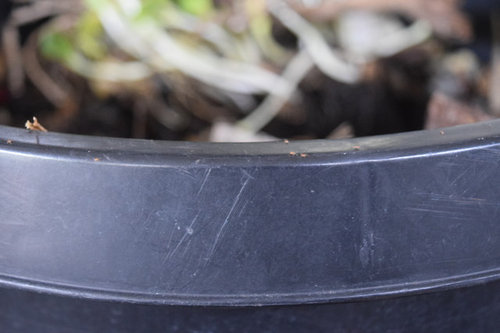
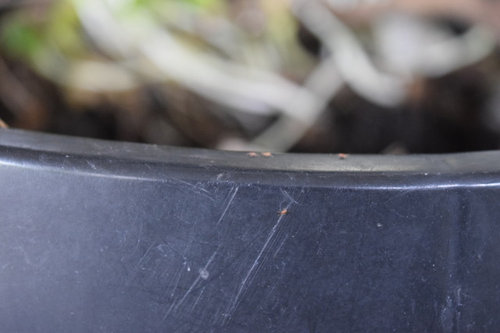
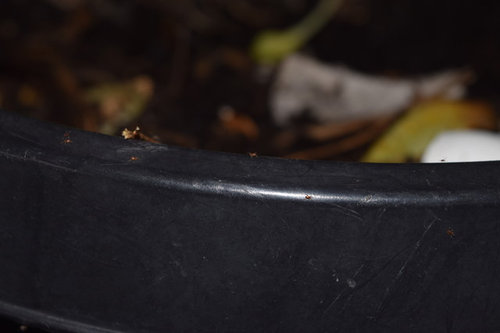
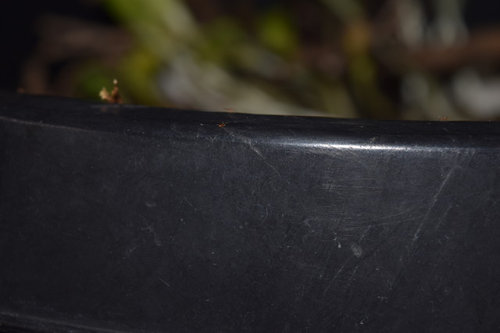
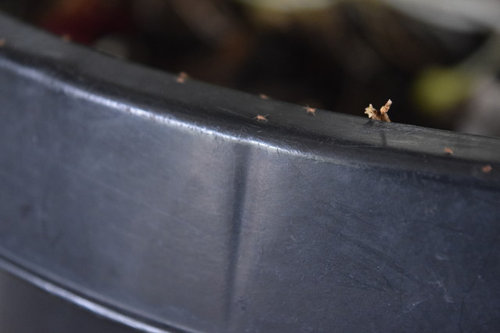
hummersteve